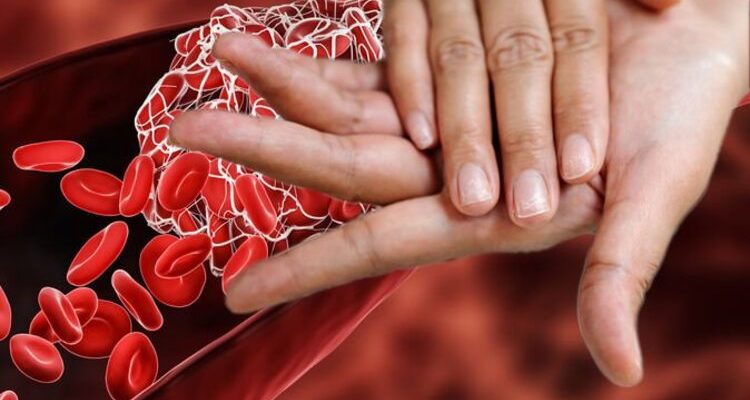Heart attack: Are your nails clubbed? The nail condition could be warning you’re at risk
Brian May says he’s ‘grateful to be alive’ after heart attack
We use your sign-up to provide content in ways you’ve consented to and to improve our understanding of you. This may include adverts from us and 3rd parties based on our understanding. You can unsubscribe at any time. More info
Nails take different shapes and sizes, but unusual changes in their appearance may be a sign the body is becoming diseased. According to the NHS, “common nail problems include brittle, loose nails that may change colour or shape,” which are often indicative of nutritional deficiencies. When the nails become clubbed, however, they could be warning that the heart is in trouble.
The appearance is bound to change over time, but some physical changes can be indicative of an underlying disease.
According to the Magnolia Regional Health Centre explains: “Ripples on nails or pitted nails may be caused by a skin disorder, psoriasis, eczema, or arthritis.
“Nail clubbing is when a nail curves under at the tips of the finger.
“It could indicate heart disease, inflammatory bowel disease, lung disease, liver, disease, thyroid or HIV/AIDS.
READ MORE: Heart attack: Your risk of a heart attack could be calculated by your voice – new study

“Puffy redness near the cuties can indicate inflammation, a bacteria or yeast infection, Lupus, or another connective tissue disease.”
Heart disease, which occurs when the flow of oxygen-rich blood to the heart is disrupted, is the main cause of heart attack.
The condition is typically characterised by a feeling of tightness or pressure in the chest, and shortness of breath.
Occasionally, symptoms can manifest in the nails, in the form of clubbing.
Mayo Clinic explains that nail clubbing “occurs when the times of the fingers enlarge and the nails curve around the fingertips, usually over the course of years”.
The health body adds: “Nail clubbing is sometimes the result of low oxygen in the blood and could be a sign of various types of lung disease.”
As heart disease develops, the organ becomes chronically exposed to lower levels of oxygen in the blood.
This interference in oxygen exchange can lead to hypoxia, which stimulates an increase in the density of small blood vessels called capillaries.
While several mechanisms are associated with clubbed fingers, scientists need to do more research to determine specifically how they contribute to the development of heart disease.

How to avoid heart disease
Heart disease typically results from a long-term build-up of fatty deposits on the walls of the arteries leading to the heart.
This padding of the passageways can hamper blood flow to the organ, in a process known as heart disease.
Although heart disease is understood as a progressive disease, an artery can suddenly become blocked, causing a heart attack.
This will trigger sudden pain and discomfort in the check, lightheadedness, nausea and vomiting.

Acting swiftly when symptoms appear is key to survival, as the longer, the heart is deprived of oxygen, the greater the risk of death.
Fortunately, avoiding heart attacks is possible with the help of a good diet and regular exercise.
The optimal diet for preventing heart disease is one that emphasises fruits, vegetables, whole grains and nuts.
It is important to avoid red and processed meats, and these contribute directly to the formation of plaque in the arteries.
Exercise offers a wealth of physiological benefits, as it encourages the heart’s arteries to dilate more.
Source: Read Full Article
